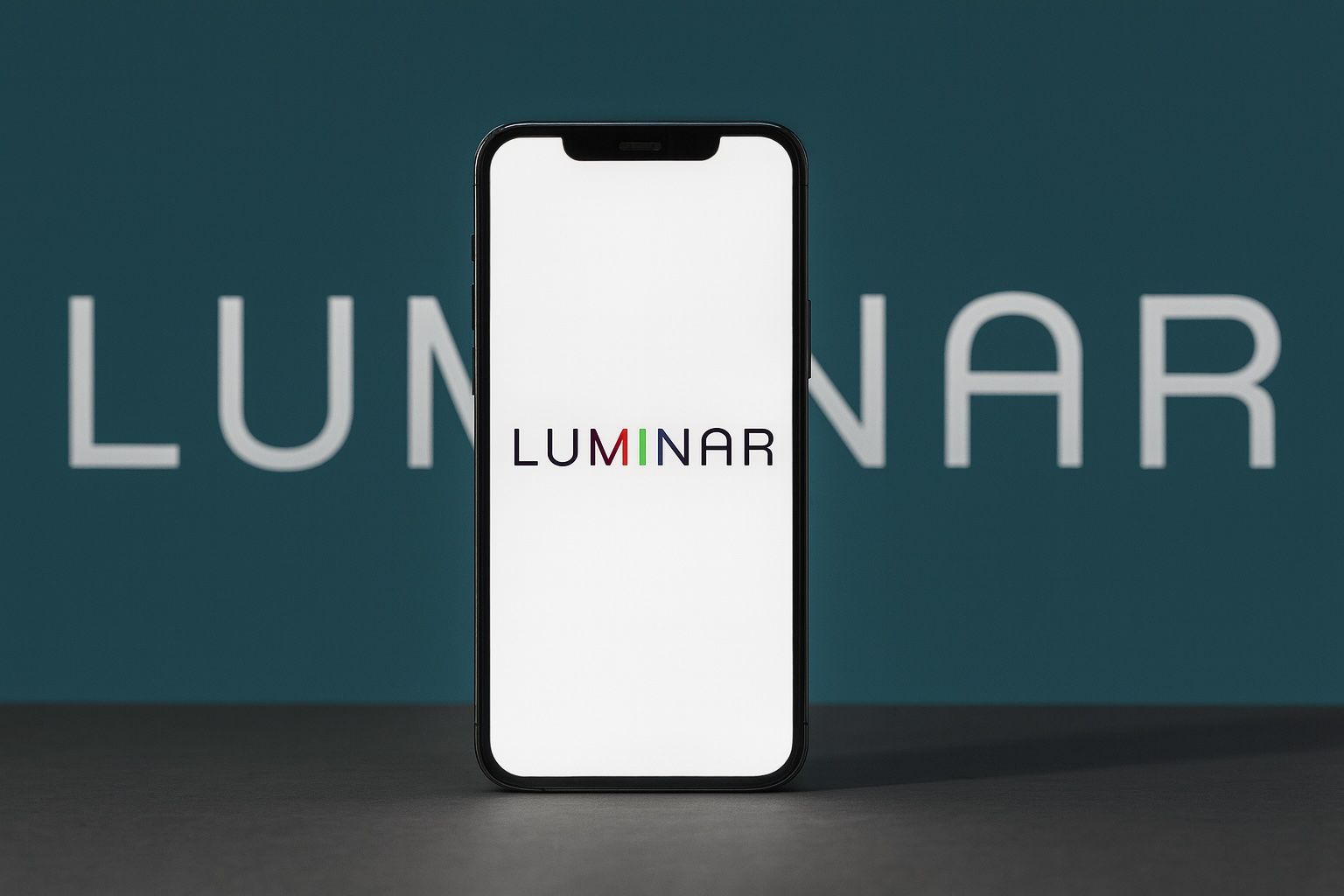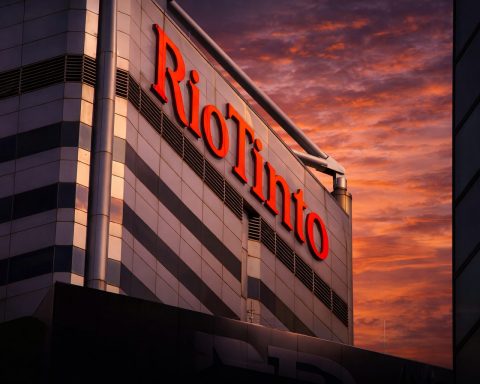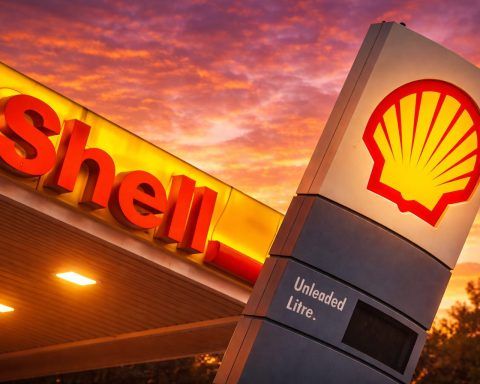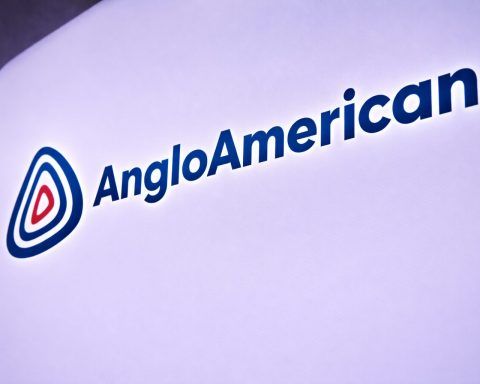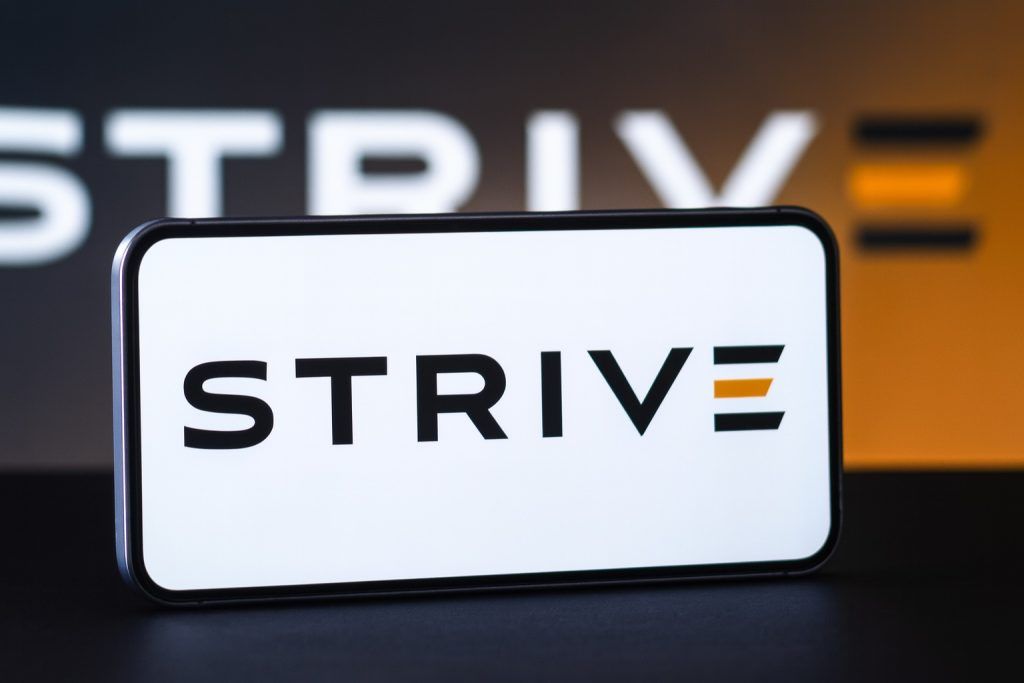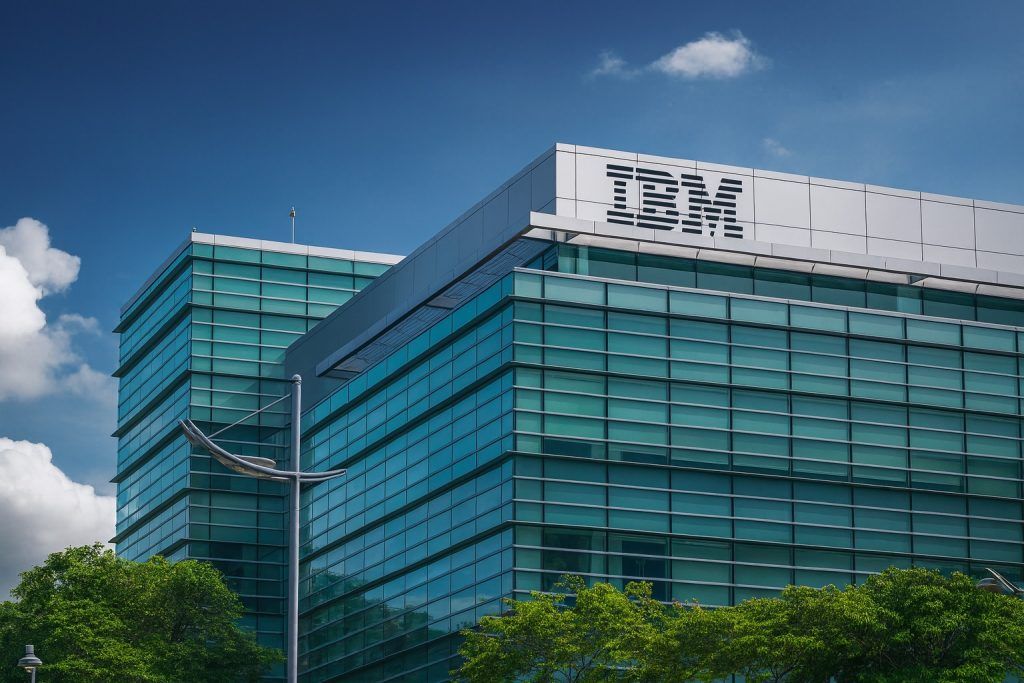- Upcoming Report: Luminar (NASDAQ: LAZR) will release Q3 2025 results on Nov. 13, 2025 [1]. Q2’25 revenue was $15.6M (–5% YoY) [2], with ~$107.6M cash on hand [3] after exiting non-core units to cut costs.
- Partnerships: The company highlights deals with automakers and tech leaders. Its lidar is in Volvo’s EX90 and is being integrated with Mercedes-Benz, NVIDIA and Mobileye platforms [4]. Luminar notes Volvo and Mercedes as launch partners, and the Volvo EX90 as “the first global production vehicle to standardize” its lidar tech [5].
- Product Roadmap: Luminar’s next-gen “Halo” lidar chipset and production line are on track by late 2025 [6]. Management says Halo ASIC tape-out and a new Thailand factory will be live by Q4’25 [7], with prototypes and B-samples due in 2026.
- Guidance Revision: Full-year 2025 outlook was lowered: sensor shipments now 20–23K units (from 30–33K) and revenue $67–74M (previously ~$82–90M) [8], reflecting slower automotive ramp and wind-down of a legacy data contract.
- Industry Buzz: Lidar competition remains intense. Ouster (NYSE: OUST) merged with Velodyne in Feb 2023, creating a new “lidar powerhouse” [9]. Ouster’s CEO touted the merger as a boost to “accelerate lidar adoption” [10], underscoring bullish sentiment across the sector.
Stock Movement and Recent Headlines
Luminar’s stock has been volatile, with recent sessions mixed as the market digests industry news and the firm’s performance. On Oct. 24, LAZR traded on elevated volume as investors awaited its upcoming quarterly update. During the week, news that Luminar will report Q3 figures on Nov. 13 [11] kept shareholders attentive. No major deals were announced on Oct. 24 itself, but analysts are closely watching the company’s execution on existing partnerships and product milestones. Industry reports note that Luminar is closely involved with Volvo, Mercedes, NVIDIA and Mobileye, which adds to investor buzz [12].
Q2 Financials and Outlook
In its Q2’25 update, Luminar (now led by CEO Paul Ricci) emphasized cost discipline and a narrower focus. Revenue was $15.6 million, down 5% year-over-year [13]. GAAP net loss was about $30.5M for the quarter. Luminar exited non-core data and insurance projects to cut costs, ending the quarter with ~$107.6M in cash and marketable securities [14] (aside from undrawn credit and financing facilities). Ricci said the company took “decisive steps… to deliver on customer commitments” while sharpening focus on profitable growth [15].
Management updated guidance: it now expects 20K–23K lidar sensors shipped in 2025 (versus 30K–33K previously) and total 2025 revenue of $67–$74M [16]. The reduction reflects delayed auto production ramps and the winding down of an older data contract. Non‑core business streams are being eliminated to streamline operations. Luminar still targets mid-Q3’25 revenue of $17–19M [17]. The balance sheet remains solid for now (over $100M cash), giving the company runway to hit its key product milestones.
Partnerships and Product Updates
Luminar’s technology portfolio and partnerships are core to its narrative. It has an in-house lidar hardware and software stack, including the current “Iris” sensors and the next-generation “Halo” system. According to corporate updates, Luminar aims to tape out its custom Halo ASIC and launch a high-volume factory by the end of 2025 [18]. Following that, Halo prototype production lines should start in early 2026. These steps are crucial for scaling production.
On the partnership front, Luminar highlights collaborations with major automakers and tech firms. Its lidar hardware is integrated in vehicles from Volvo (the EX90 SUV) and is on track for Mercedes-Benz models [19]. Tech platforms like NVIDIA’s Drive and Mobileye’s systems are also slated to support Luminar’s sensors. The company explicitly notes that the Volvo EX90 became “the first global production vehicle to standardize” on its lidar tech [20]. In earnings remarks and releases, Luminar promotes these relationships as validation of its technology: its platform is “enabling… Volvo, Mercedes-Benz, NVIDIA and Mobileye” to build advanced autonomous features [21]. Management is betting that as autonomy programs ramp up (including trucking and logistics applications), these partnerships will translate into order growth and eventual volume production of Luminar’s sensors.
Industry Context and Competition
Figure: Ouster and Velodyne logos – the two lidar players merged in early 2023 to form a “powerhouse” in the space [22], illustrating the competitive landscape for Luminar.
The autonomous driving sensor market is heating up. Luminar’s rivals include Ouster (NYSE: OUST) and Innoviz (NASDAQ: INVZ), among others. Notably, Ouster and Velodyne completed a merger in Feb. 2023, forming a combined lidar firm described as “a lidar powerhouse” with over 850 customers [23]. Ouster’s CEO even said the deal would help “accelerate lidar adoption” [24], reflecting confidence in growing demand. Innoviz (an Israel-based lidar maker) remains independent and has its own auto contracts (e.g. with BMW), although it has scaled more slowly. Velodyne-branded sensors now roll under Ouster’s umbrella, so Luminar faces a larger consolidated competitor.
Luminar also competes indirectly with automakers’ own self-driving initiatives (like Tesla’s vision-based approach) and with smart radar solutions. Within the broader ADAS market, Tier-1 suppliers and camera companies also vie for share. However, Luminar’s proponents argue its long-range, high-resolution lidars give it an edge for highway autonomy. The intensity of competition and large addressable market have drawn analyst attention. Many industry watchers expect substantial growth in lidar units over the next decade as more cars and trucks add advanced driver-assist features.
Analyst Views and Investor Sentiment
Analyst opinions on Luminar are mixed. Bulls point to the company’s pioneering technology and marquee partnerships. They note that lumens-per-dollar of its sensors remain best-in-class, and that mainstream automakers are beginning to standardize on lidar after years of doubt. Bears counter that Luminar still has limited revenues, high losses, and faces execution risk in scaling manufacturing. No recent analyst ratings changes are public around Oct 24, but investors are watching closely. Some note that Luminar’s recent pipeline claims (billions of dollars in potential business) hinge on future product deliveries. The stock’s movements have been modest, and sentiment remains cautious.
Ouster’s recent success story is often cited: after its Velodyne merger, Ouster reported completing that combination and expects to serve a wide customer base [25]. If lidar adoption accelerates as Ouster’s CEO predicts [26], Luminar could benefit along with the rest of the sector. Conversely, if widespread autonomous deployment is slower, all lidar stocks may languish. Public discussion on forums and social media shows some retail investors intrigued by Luminar’s long-term potential, while others highlight its short-term cash burn and lean guidance.
Bottom Line
As of Oct. 24, 2025, Luminar remains a high-risk, high-reward play in the auto-tech space. Its upcoming Q3 results and progress on the Halo initiative will be closely scrutinized. The company’s strong partnerships (Volvo, Mercedes, NVIDIA, etc.) and solid cash cushion are positives, but it must hit ambitious milestones to justify optimism. Meanwhile, competitors have consolidated, and the broader push toward autonomous vehicles is progressing unevenly. In short, Luminar is at a pivotal stage: hitting its late-2025 timelines could unlock stock gains, but delays or cost overruns could weigh heavily on the share price. Investors will be watching every update and analyst commentary to see if Luminar truly can “fuel the next generation of advanced, mission-critical lidar and photonics solutions,” as it hopes [27] [28].
Sources: Company press releases and industry reports [29] [30] [31] [32] [33] (see text for details).
References
1. www.businesswire.com, 2. www.businesswire.com, 3. www.businesswire.com, 4. www.businesswire.com, 5. www.businesswire.com, 6. www.businesswire.com, 7. www.businesswire.com, 8. www.businesswire.com, 9. www.businesswire.com, 10. www.businesswire.com, 11. www.businesswire.com, 12. www.businesswire.com, 13. www.businesswire.com, 14. www.businesswire.com, 15. www.businesswire.com, 16. www.businesswire.com, 17. www.businesswire.com, 18. www.businesswire.com, 19. www.businesswire.com, 20. www.businesswire.com, 21. www.businesswire.com, 22. www.businesswire.com, 23. www.businesswire.com, 24. www.businesswire.com, 25. www.businesswire.com, 26. www.businesswire.com, 27. www.businesswire.com, 28. www.businesswire.com, 29. www.businesswire.com, 30. www.businesswire.com, 31. www.businesswire.com, 32. www.businesswire.com, 33. www.businesswire.com
